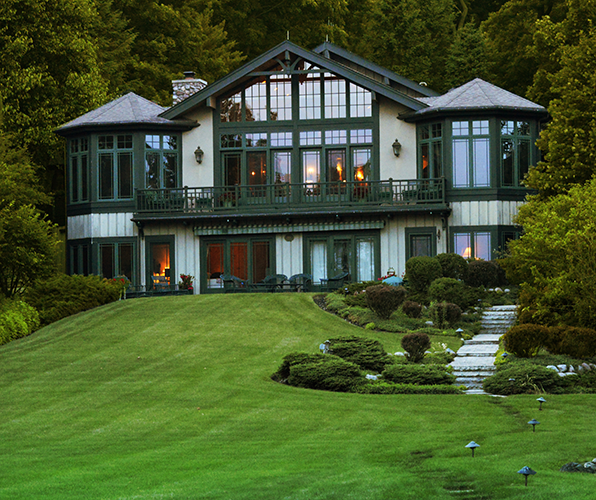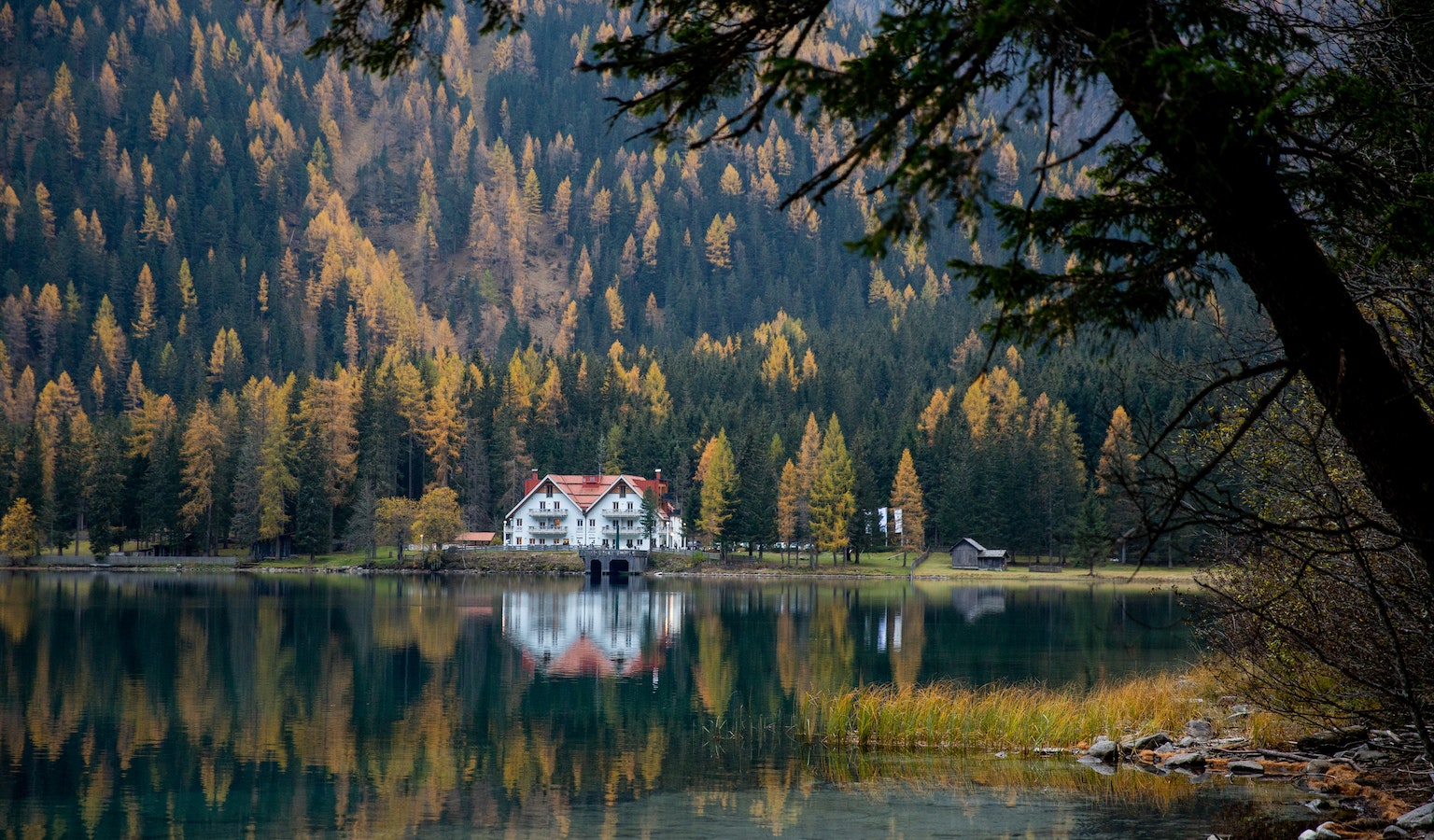
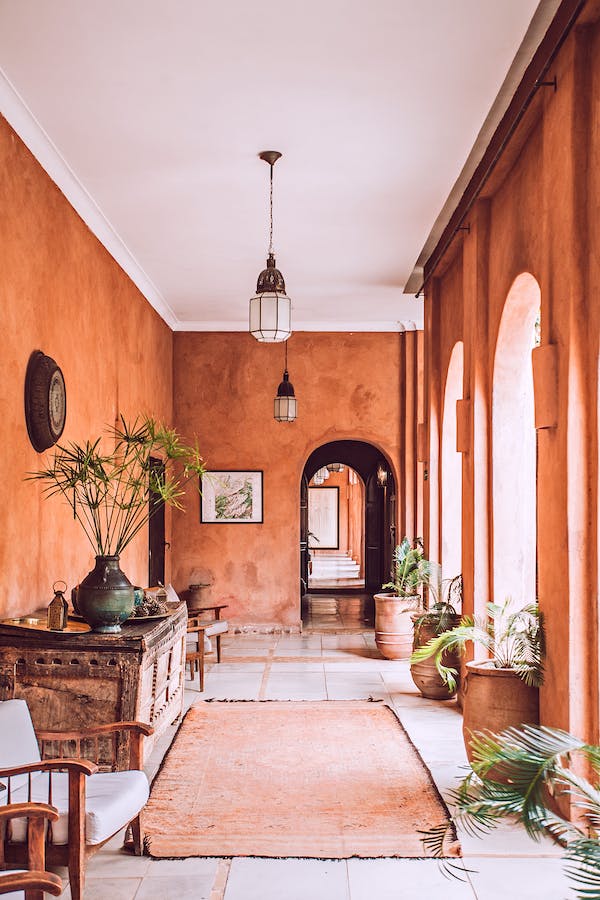

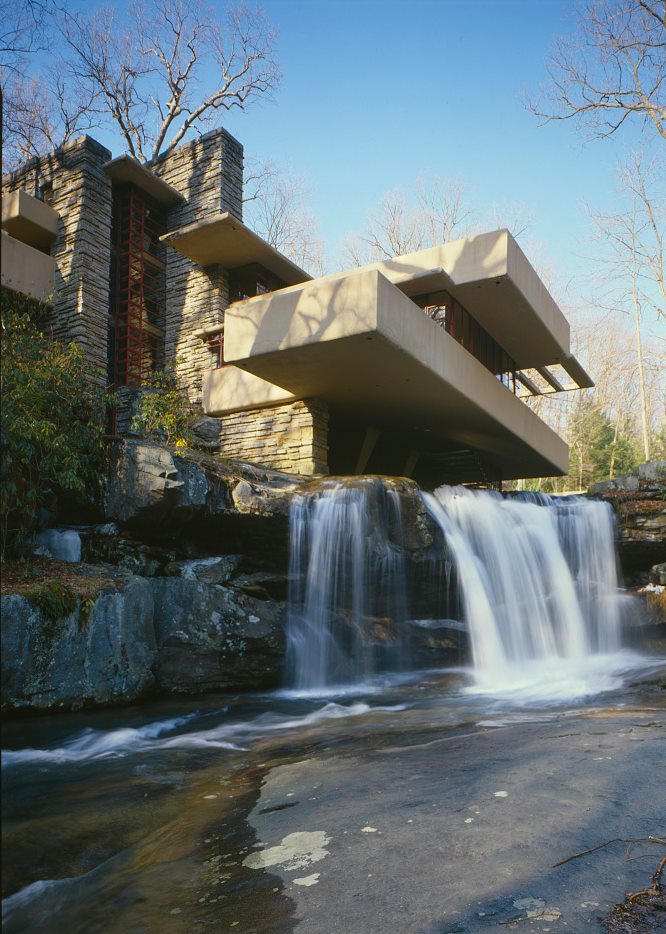

The Beauty and Benefits of Organic Architecture in Modern Home Design
In the realm of contemporary architecture, there exists a design philosophy that harmoniously blends the built environment with the natural world. This philosophy, known as “organic architecture,” is a celebration of nature’s influence on the structures we inhabit. Organic architecture goes beyond aesthetics; it encompasses a holistic approach to design that prioritizes sustainability, environmental consciousness, and the well-being of occupants. In this comprehensive article, we will explore the essence of organic architecture, its historical roots, and the multitude of benefits it offers in the realm of home design and construction.
Defining Organic Architecture
Organic architecture is an architectural style that seeks to create buildings that are in harmony with their natural surroundings. It is an approach that views buildings as living organisms, integrated into the ecosystems they inhabit. The term “organic” in this context refers not only to the use of natural materials but also to the idea that buildings should grow naturally from their environments, responding to the unique conditions of the site.
This architectural philosophy was popularized by the renowned American architect Frank Lloyd Wright, who believed that “No house should ever be on a hill or on anything. It should be of the hill. Belonging to it. Hill and house should live together, each the happier for the other.” Wright’s iconic Fallingwater house, built in 1935, is a prime example of organic architecture. The house seems to emerge from the rocks and waterfalls of its natural setting, seamlessly blending with the landscape.
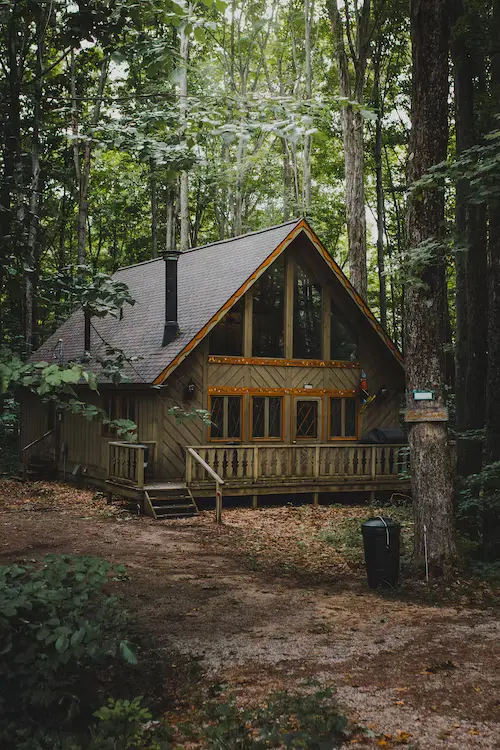

The Key Principles of Organic Architecture
1. Integration with Nature
At the core of organic architecture is the belief that buildings should exist in harmony with their natural surroundings. This means that the design of a home should take into account the site’s topography, vegetation, climate, and even the movement of sunlight and shadows throughout the day. Instead of imposing a structure onto the landscape, organic architecture seeks to enhance and complement it.
2. Use of Natural Materials
Organic architecture embraces the use of natural materials like wood, stone, and glass. These materials not only contribute to the aesthetic appeal of the design but also promote sustainability. Sustainable sourcing and the incorporation of materials that age gracefully are essential elements of organic architecture.
3. Fluid and Open Spaces
In organic architecture, interior spaces flow seamlessly into exterior ones. The boundaries between indoors and outdoors are blurred, creating a sense of continuity with the natural environment. Large windows and open floor plans are common features, allowing ample natural light and ventilation.
4. Adaptive Design
Buildings designed with an organic approach are often flexible and adaptable. They can evolve and grow over time to accommodate changing needs. This adaptability reduces the need for demolition and reconstruction, which is more sustainable in the long run.
5. Energy Efficiency
Organic architecture places a strong emphasis on energy efficiency and sustainability. Passive design principles, such as natural heating and cooling, are integrated into the structure. Solar panels, rainwater harvesting systems, and green roofs are often incorporated to reduce the environmental impact of the building.
Benefits and Advantages of Organic Architecture in Home Design
1. Enhanced Well-Being
Homes designed with organic principles prioritize the well-being of their occupants. The seamless connection to nature, abundant natural light, and improved indoor air quality create spaces that promote physical and mental health. Research has shown that exposure to natural elements within the home environment can reduce stress, increase productivity, and improve overall happiness.
2. Energy Efficiency and Sustainability
One of the most significant advantages of organic architecture is its sustainability. By utilizing passive design strategies and renewable energy sources, organic homes can significantly reduce energy consumption and environmental impact. Over time, this translates to lower utility bills and a reduced carbon footprint.
3. Timeless Beauty
Organic architecture embraces natural materials that age gracefully, ensuring that the building retains its aesthetic appeal over the years. The synergy between the structure and its surroundings creates a timeless beauty that does not rely on passing design trends.
4. Adaptability
Homes designed with organic principles are often more adaptable to changing needs. This adaptability reduces the need for extensive renovations or, in extreme cases, tearing down and rebuilding. It’s a sustainable approach that aligns with the concept of “building for the long term.”
5. Connection to Nature
Living in an organic home means being intimately connected to nature. Large windows frame picturesque views, and outdoor spaces become extensions of the interior, inviting residents to embrace the outdoors as an integral part of their daily lives. This connection to nature can enhance the overall quality of life.
Contemporary Examples of Organic Architecture
Organic architecture continues to inspire modern architects and homeowners alike. Here are a few examples of contemporary homes that embody the principles of organic architecture:
1. The Edge House (Olson Kundig)
Located on a rocky bluff in Washington State, The Edge House is a prime example of organic architecture. Its design minimizes disruption to the natural landscape while offering stunning views of the surrounding forest and ocean. The use of natural materials and an open floor plan seamlessly integrates the interior and exterior spaces.
2. Villa Kogelhof (Paul de Ruiter Architects)
Villa Kogelhof in the Netherlands takes sustainability to the next level. The home is entirely energy-neutral, featuring a green roof that blends into the landscape. Its design maximizes natural light and ventilation while offering panoramic views of the countryside.
3. The Pierre (Olson Kundig)
The Pierre, located in the San Juan Islands of Washington State, is a retreat that immerses its occupants in nature. Its design allows for passive heating and cooling, and the use of local stone and wood enhances its connection to the environment.
Conclusion: Living in Harmony with Nature
Organic architecture is more than a design trend; it’s a philosophy that reminds us of our profound connection to the natural world. By embracing this approach in home design and construction, we can create spaces that prioritize our well-being, reduce our environmental impact, and celebrate the enduring beauty of nature. As we look to the future, organic architecture serves as a guiding principle for creating homes that not only meet our needs but also honor the planet we call home. Embracing this harmonious relationship between humans and the environment is not just a design choice; it’s a way of life.
Lorem ipsum dolor sit amet, consectetur adipiscing elit. Ut elit tellus, luctus nec ullamcorper mattis, pulvinar dapibus leo.
Lorem ipsum dolor sit amet, consectetur adipiscing elit. Ut elit tellus, luctus nec ullamcorper mattis, pulvinar dapibus leo.
Lorem ipsum dolor sit amet, consectetur adipiscing elit. Ut elit tellus, luctus nec ullamcorper mattis, pulvinar dapibus leo.
Lorem ipsum dolor sit amet, consectetur adipiscing elit. Ut elit tellus, luctus nec ullamcorper mattis, pulvinar dapibus leo.
Main Services
Our Brochures
Get a FREE CONSULTATION!
Master Builders


